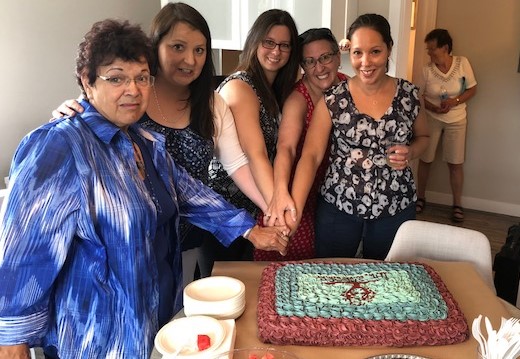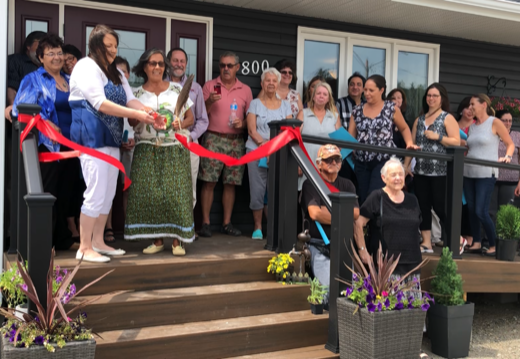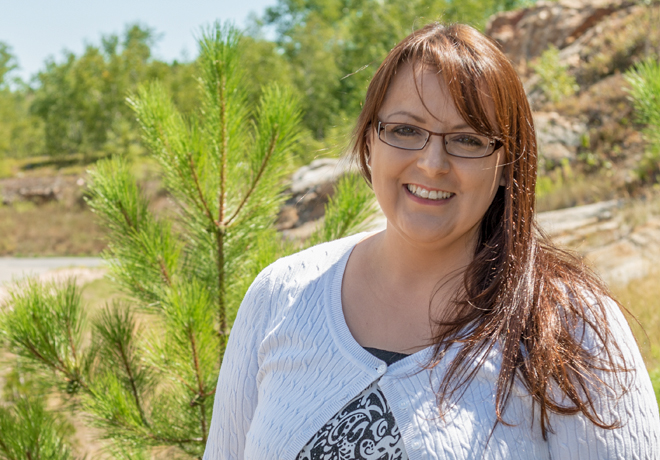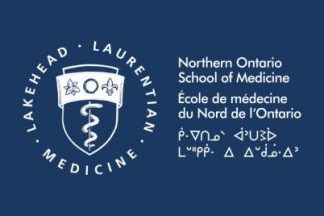NOSM congratulates Dr. Doris Mitchell on the Grand Opening of The Sacred Tree Wellness Centre located on the reserve of Chapleau Cree First Nation. Dr. Mitchell is a graduate of the Northern Ontario School of Medicine MD (Class of 2010) and residency training. She grew up in Chapleau and has been providing care there since July 2012. Prior to that, Chapleau did not have a permanent doctor for almost seven years. The Sacred Tree Wellness Centre provides primary health care and health promotion services for Indigenous and non-Indigenous peoples in collaboration with Chapleau Health Services, Brunswick House First Nation Health Centre, Chapleau Cree First Nation Health Centre and Maamweysying Health Services. This collaborative, inclusive, and integrated health service is the first of its kind in Northern Ontario.
You can learn more about Dr. Mitchell in the TVO documentary The Doctor Can See You Now.


The Sacred Tree Wellness Centre Grand Opening, Chapleau Cree First Nation, June 29, 2018.






